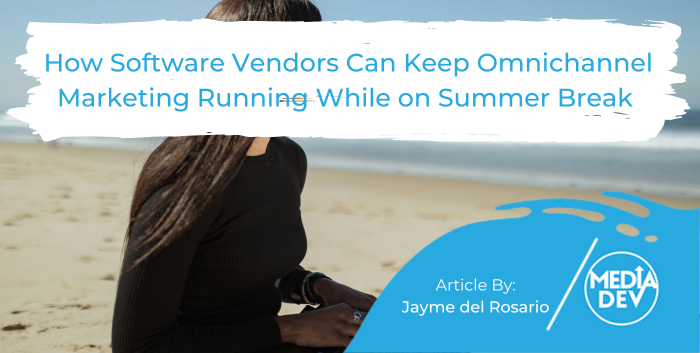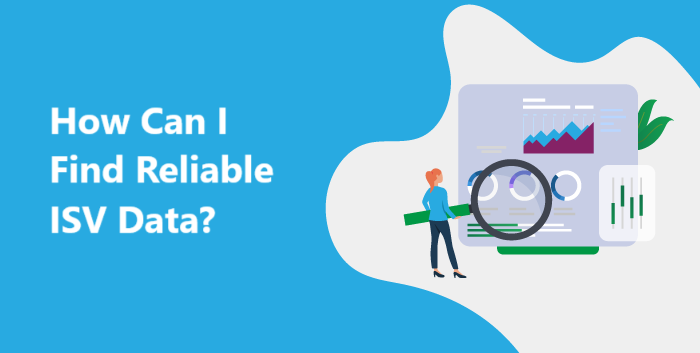It’s important to prepare in advance if you want to ensure the success of your online event. Here are some tips for you to get a head start on your 2021 plan.
Cleanse Your Data
There’s nothing worse as a marketer than working hard to develop great messaging only to realize that that data you have is not up to par. No matter how good your email messages are, if you don’t have opt-ins in order to distribute them, you won’t get anywhere. Very often when people have a hard look at their data, they realize that there are gaps: whitespace on job titles, missing emails, an absence of opted-in prospects, or that the data is old and may be entirely erroneous. Before promoting an event, it’s important to thoroughly go through your datasets and take the time to cleanse and build them to be sure you are going after the right people.
Make Your Topic Interesting
One-size-fits-all messaging doesn’t work, so sometimes it’s better to have several (smaller) webinars on highly specific topics, inviting only the exact target audience that will get the most value out of the event. If you want to grab the attention of your buyer personas, you need messaging that resonates with them, whether that be because of their company industry sector, their job title, or something else. Take the time to get to know your audience to understand what their challenges are to determine how your solution solves those pain points, and develop a webinar around that. Highlighting a case study or success story will drive the message home. Inviting industry leaders to contribute is also a great way for you to gain credibility on the topic of choice, and position yourself as a thought leader. Of course, elaborating the actual content for your webinar takes a lot of time and thought, so this critical step cannot be taken lightly.
Choose the Right Date and Time
Before choosing a date for the actual event, check first to make sure that your competitors are not planning something similar at the same time. It’s already hard enough to get people to take an hour out of their busy schedules, but if on top of that you have to compete with the voice of your rivals, it will make the situation that much more difficult. By doing some research about upcoming events, you should be able to find out whether or not someone else is planning a webinar at the same date/time so that you can adjust accordingly. Be sure to choose a time that is convenient for your audience and take into consideration time zone differences. If you do go the route of designing multiple webinars, think of scheduling them at different times to accommodate the various geographical areas where your prospects may be located.
Create a Promotion Plan
Your online event topic can be incredible, but if no one hears about it, they will never register to attend. It’s important to outline a clear strategy to promote your event across channels (both on and offline) which should include a variety of tactics including email marketing, social selling, paid advertising, social media marketing, and telemarketing. Being omnichannel will give you the most exposure to your target audience. Make sure that the sign-up process is easy (and works) when you provide the registration link to your prospects. Send out a series of email invitations to your target audience to Save the Date, Register Now, Register Before it’s Too Late and of course give them a Last Chance to Register. Don’t leave this to the last minute or you’ll find that your prospect’s schedules will already be fully booked.
Post-Event Follow-Up
Recording your webinar is a must. Not only does it give you the ability to create valuable gated content for your website, it also gives you the perfect opportunity to follow up with your event no-shows. For any online event, you will always have a certain number of last-minute drop-outs. That does not mean, however, that those prospects have completely lost interest; it usually means that an emergency came up at the last minute that prevented them from attending. Having on-demand content that you can leverage to continue the dialogue with those prospects will help you generate additional leads for your pipeline. Your post-event follow-up should include next steps for both the no-shows and the attendees so that you can continue to exchange with those prospects, educate them further about your offer, and push them down the sales funnel so that they turn into sales.
Conclusion
Designing, creating, and hosting online webinars in order to generate leads is a highly effective tool (if it’s done right), and it is also a ton of work. It takes careful planning and consideration in order to go from point A to point B, so it’s not something you can do in a rush at the last minute. By following our best practices to generating traffic to your next event, in addition to the tips above, you should be able to get started elaborating your roadmap for success. If you need help with the actual hosting of your next event, don’t hesitate to reach out by emailing us at contact@mediadev.com.








